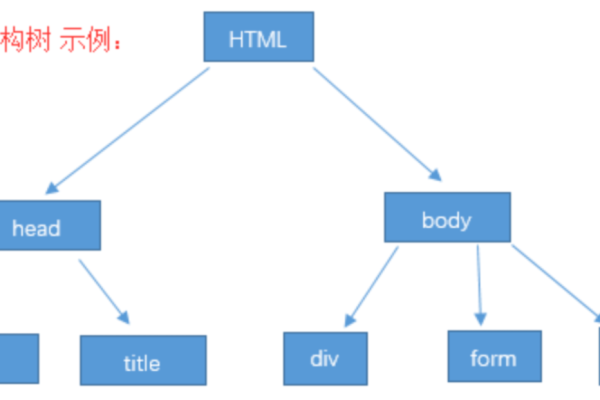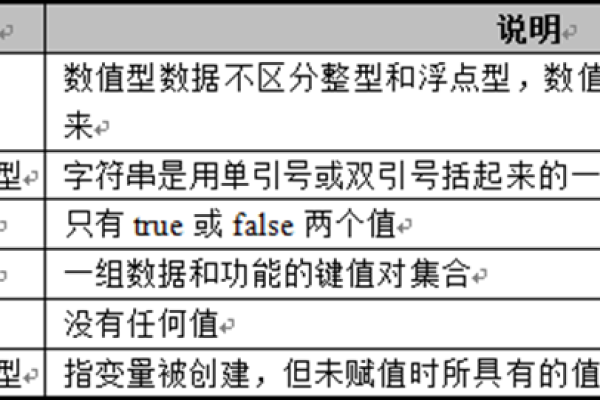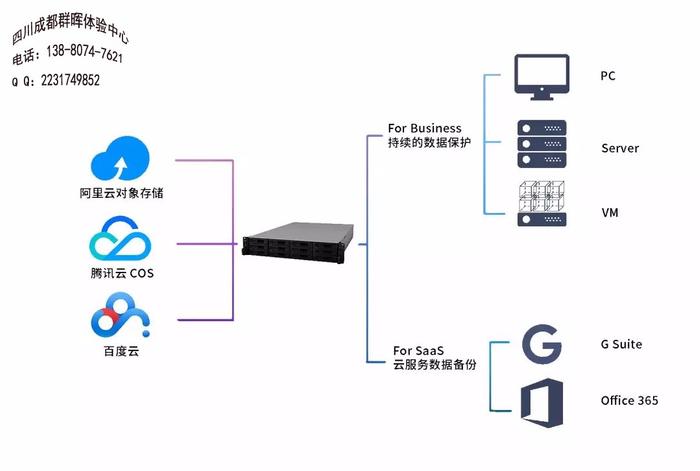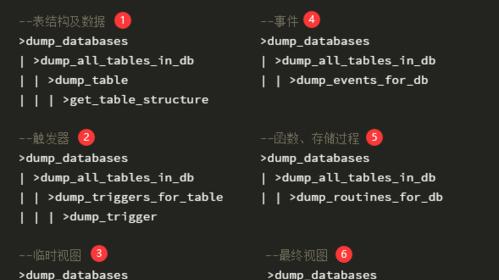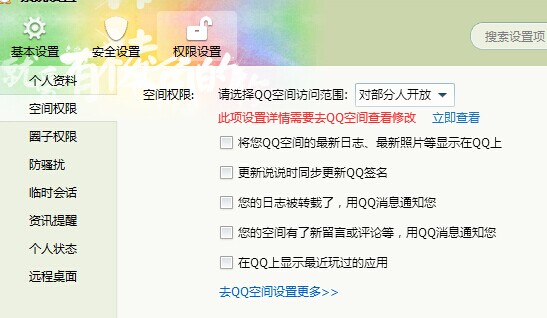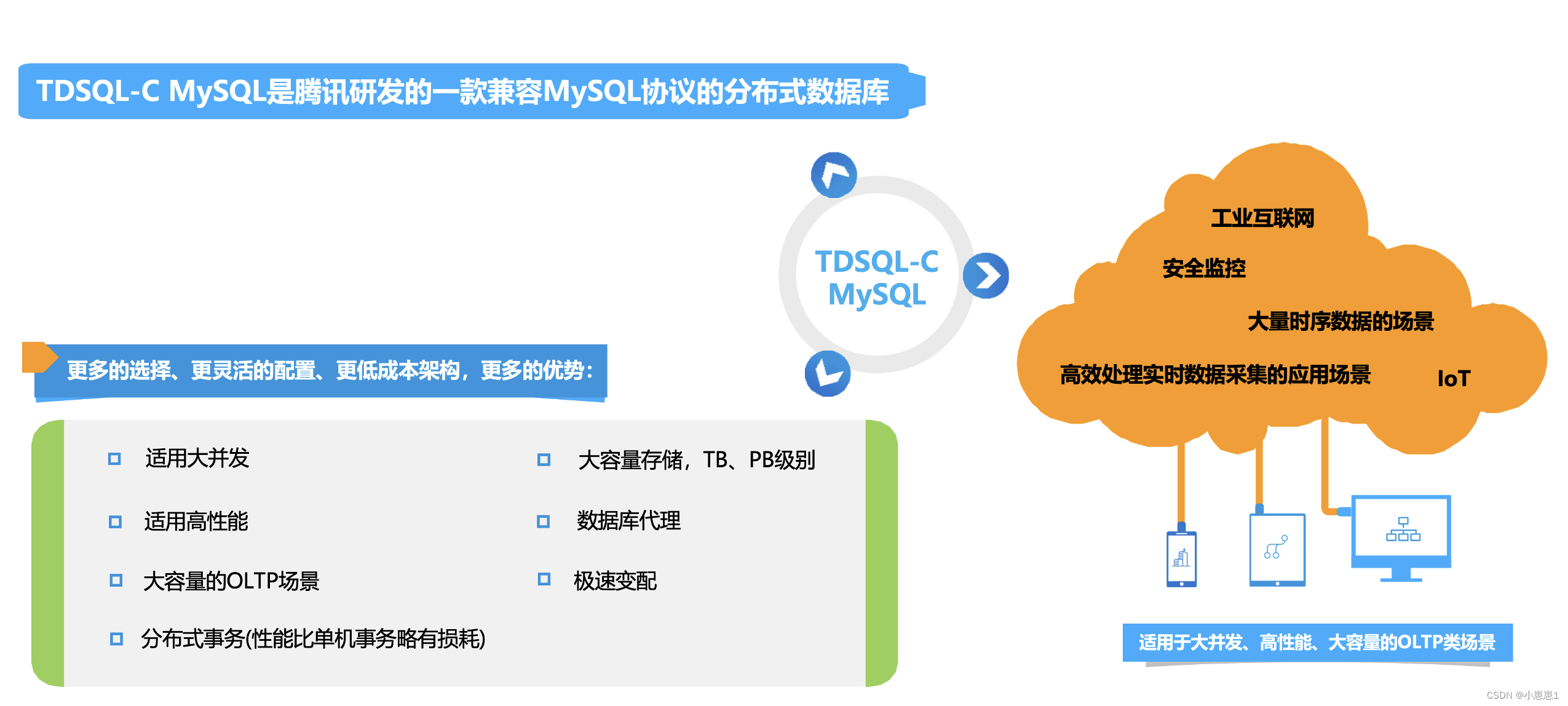如何实时监控JavaScript变量的变化?
- 行业动态
- 2024-09-25
- 8
在JavaScript中,可以使用
Object.defineProperty()方法或
Proxy对象来监听变量的变化。
Object.defineProperty()允许为对象的特定属性设置getter和setter方法,而
Proxy则可以拦截和定义基本操作(如属性查找、赋值、枚举等)的自定义行为。通过这些方法,我们可以实现对变量的监听和响应。
JS变量监听源码详细介绍
Object.defineProperty()方法
| 小标题 | |
| 定义 | Object.defineProperty()方法用于在一个对象上直接定义一个新属性,或者修改一个对象的现有属性,并返回这个对象。 |
| 示例代码 | “javascript let obj = {}; Object.defineProperty(obj, 'value', { get() { console.log('get value'); return val; }, set(newVal) { console.log(set value to ${newVal}); val = newVal; } }); obj.value; // get value, 1 obj.value = 2; // set value to 2“ |
| 应用场景 | 主要用于监听某个特定对象的某个属性的变化,适用于需要对单个或少数几个属性进行监听的场景。 |
ES6的Proxy对象
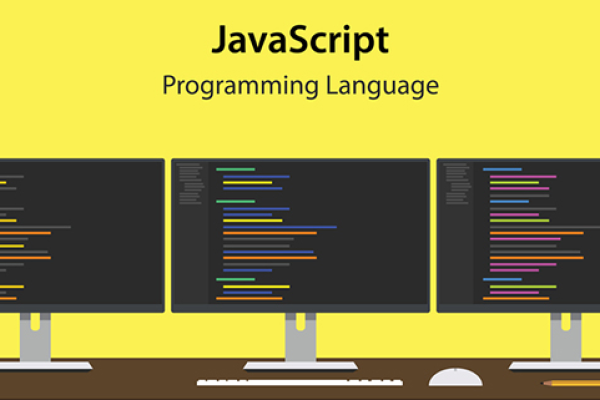
| 小标题 | |
| 定义 | Proxy对象用于定义基本操作的自定义行为(如属性查找,赋值,枚举,函数调用等)。 |
| 示例代码 | “javascript let obj = { val: 1 }; let proxy = new Proxy(obj, { get(target, key) { console.log(get ${key}: ${target[key]}); return target[key]; }, set(target, key, value) { console.log(set ${key} to ${value}); target[key] = value; } }); proxy.val; // get val: 1 proxy.val = 2; // set val to 2“ |
| 应用场景 | 适用于需要监听多个属性变化的场景,尤其是当对象的属性较多且需要统一处理时。 |
发布订阅模式
| 小标题 | |
| 定义 | 发布订阅模式是一种设计模式,用于将对象的状态变化通知给它的依赖者,这些依赖者将自动更新。 |
| 示例代码 | “javascript function observe(obj, callback){ return new Proxy(obj, { set(target, key, value, receiver){ const result=Reflect.set(target,key,value,receiver); callback(); return result; } }); } const data={name:'John',age:30}; const observedData=observe(data,()=>{console.log('Data updated:',observedData);}); observedData.name='David'; // 控制台输出: "Data updated: { name: 'David', age: 30 }"“ |
| 应用场景 | 适用于需要监听复杂数据结构变化的场景,尤其是当数据之间存在复杂的依赖关系时。 |
相关问题与解答
1、问题一:使用Object.defineProperty()和Proxy对象有什么区别?
解答:Object.defineProperty()方法主要用于监听某个特定对象的某个属性的变化,适用于需要对单个或少数几个属性进行监听的场景,而Proxy对象则可以拦截目标对象的几乎所有操作,包括读取和修改属性等,适用于需要监听多个属性变化的场景,尤其是当对象的属性较多且需要统一处理时。
2、问题二:为什么说观察者模式在JavaScript中实现响应式更新很有用?
解答:观察者模式可以将对象的状态变化通知给它的依赖者,这些依赖者将自动更新,这样可以避免手动监听对象属性的变化,并可以在属性值发生变化时自动更新相关的UI等,通过使用Object.defineProperty() API或ES6的Proxy对象来实现监听变量的响应式更新,可以简化代码,提高开发效率。
